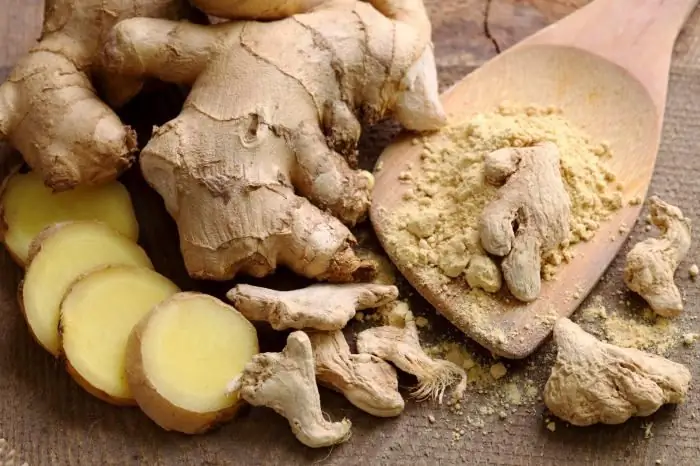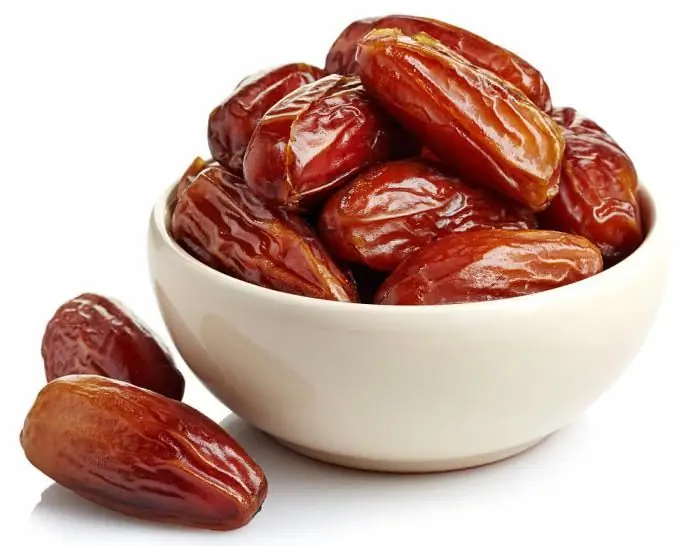2026 Author: Isabella Gilson | [email protected]. Last modified: 2025-06-01 07:29:26
Cheese… Hardly anyone hasn't tried it and doesn't know what it is. Cheese is a product made from milk by exposing it to milk-clotting enzymes. It is so common that almost every family uses it daily. There are hard cheeses, soft cheeses, pickled cheeses and processed cheeses. Let's consider the main ones in more detail, including their composition.
Many recipes use hard cheese. It is very popular among the population of our country. In most cases, the production of hard cheese is curdled milk with special enzymes obtained from the gastrointestinal tract of young cattle. However, there are technologies for obtaining this product using lactic acid bacteria.

Hard cheese can be divided into two main groups according to the method of its production: pressed boiled and uncooked. The classic representatives of the first are Parmesan varieties,Gruyere, Emmental, Beaufort and others. Cheese heads are usually large. They have a light color and small holes. Such varieties as Edamer, Gouda, Mimolet, Cheddar can serve as representatives of the uncooked pressed group. Hard cheeses can also be classified according to their fat content in dry matter. Most often it is found with forty-five, fifty and fifty-five percent fat. Their maturation usually takes more than six months. They have a spicy, slightly sweet taste and a refined aroma. The longer the product ripens, the sharper the taste becomes.

The cheese market, in addition to the above groups, also includes semi-hard and semi-soft cheeses. They differ in moisture content in the fat-free mass - 53-63% for the former, and 61-68% for the latter. Whereas in hard cheeses these values are in the range of about 49-60%. The dry matter fat content for semi-hard and semi-soft varieties ranges from 10 to 60 percent.
Cheese is a product with high nutritional value. It is rich in proteins and fats, also contains minerals and vitamins. Since it is made from milk - a product of animal origin, all valuable substances are absorbed by the human body almost completely. It is also famous for its high content of calcium and phosphorus, which makes it a useful product that any body needs, especially children.

Cheese contains a large amount of vitamins, among them vitamin A, which is necessary for vision, growth andgood skin condition, vitamin D, necessary for growth. As well as essential B vitamins (B1, B12, B2 and PP), which participate in energy metabolism, hematopoiesis and other equally important processes. The energy value, that is, the calorie content, depends on the fat content in it. Thus, cheese is an incredibly he althy product. However, eating it should not be fanatical, since it contains table s alt in its composition, and also contains a large amount of fat, which can cause cardiovascular diseases.
Recommended:
Classification of chocolate by composition and production technology. Chocolate and chocolate products

Chocolate is a product made from cocoa beans and sugar. This product, with a high calorie content and high nutritional value, has an unforgettable taste and captivating aroma. Six hundred years have passed since its discovery. During this period, it has undergone a major evolution. To this day, there are a large number of forms and types of products made from cocoa beans. Therefore, it became necessary to classify chocolate
Cottage cheese for HB: useful properties, recipes. Useful and harmful products for nursing mothers

When breastfeeding, a woman's body shares its nutrients with her baby. In order to avoid unpleasant symptoms that occur with a lack of trace elements and vitamins, mothers need to include any fermented milk products in their diet. For example, cottage cheese can be added to food, starting from the first days after the baby is born
How is feijoa useful and for what diseases? Feijoa fruit: useful properties, contraindications, photos and recipes. Feijoa jam: useful properties

When berries similar to gooseberries appeared on store shelves a few years ago, people hesitated to buy them for a long time. But, having figured it out and tried it once, they began to consider them an ordinary fruit, the name of which is feijoa. Over time, it became known that feijoa is useful
Ginger: useful properties and contraindications for women. Pickled ginger: useful properties

Each country has its own tradition of using ginger. So, the horned root in Asia, considered the birthplace of the plant, is a universal remedy for many diseases. In China and India, eating ginger is believed to promote a long and he althy life
Dates: useful properties and contraindications. Useful properties of dried dates

Dates are not only an oriental sweetness, but also a storehouse of vitamins. They are rich in nutrients and are also a natural cure for many ailments

